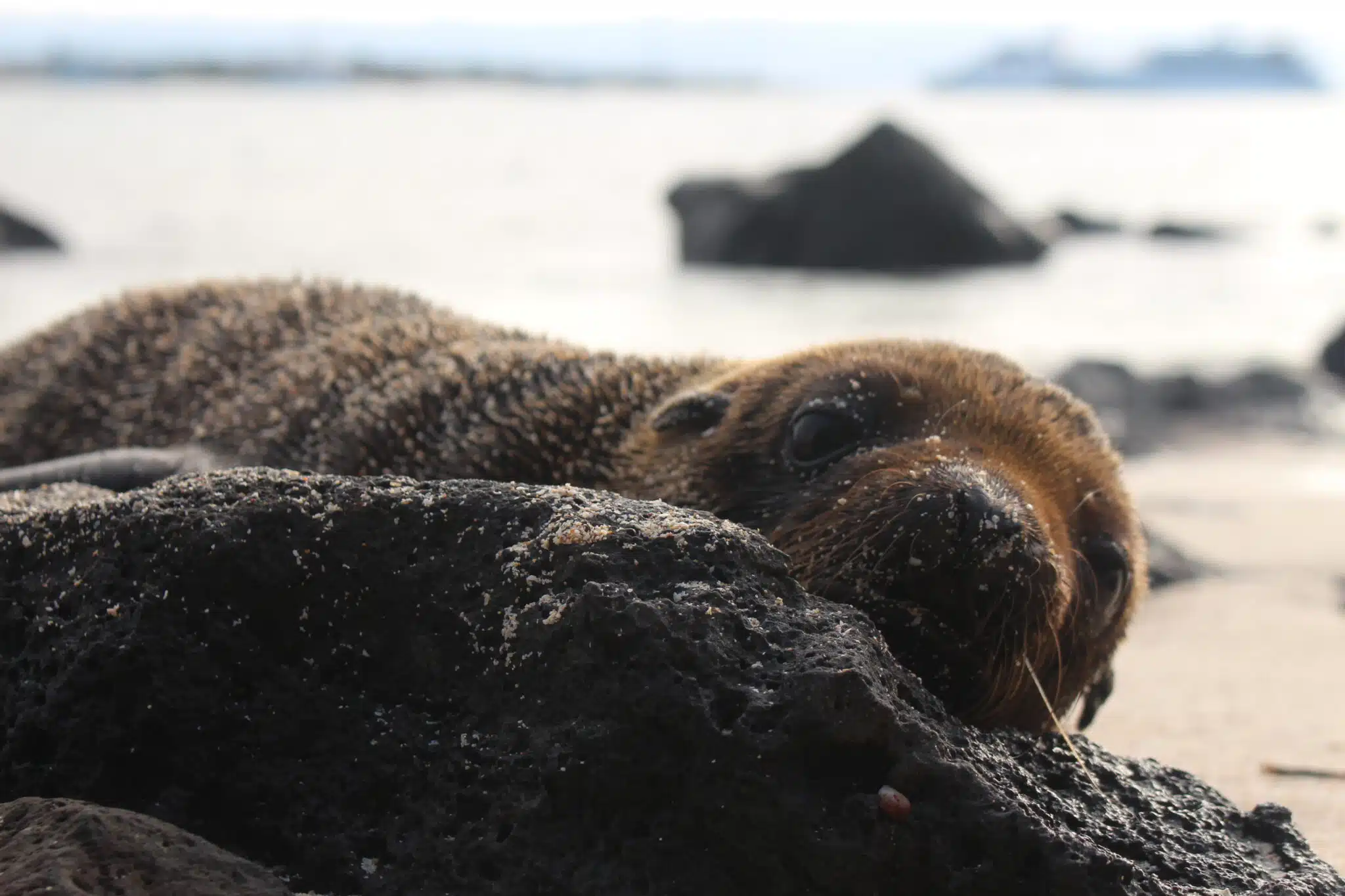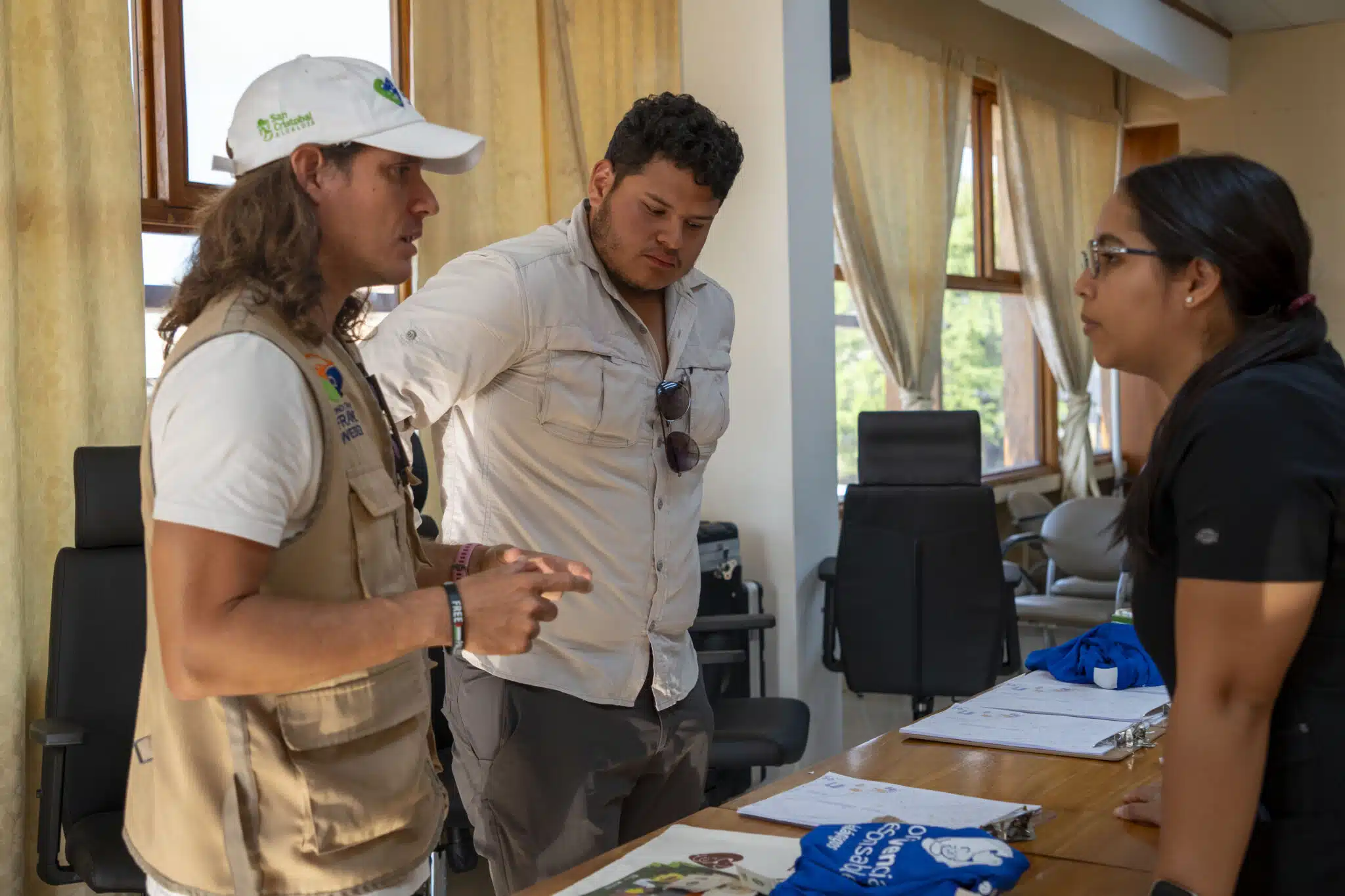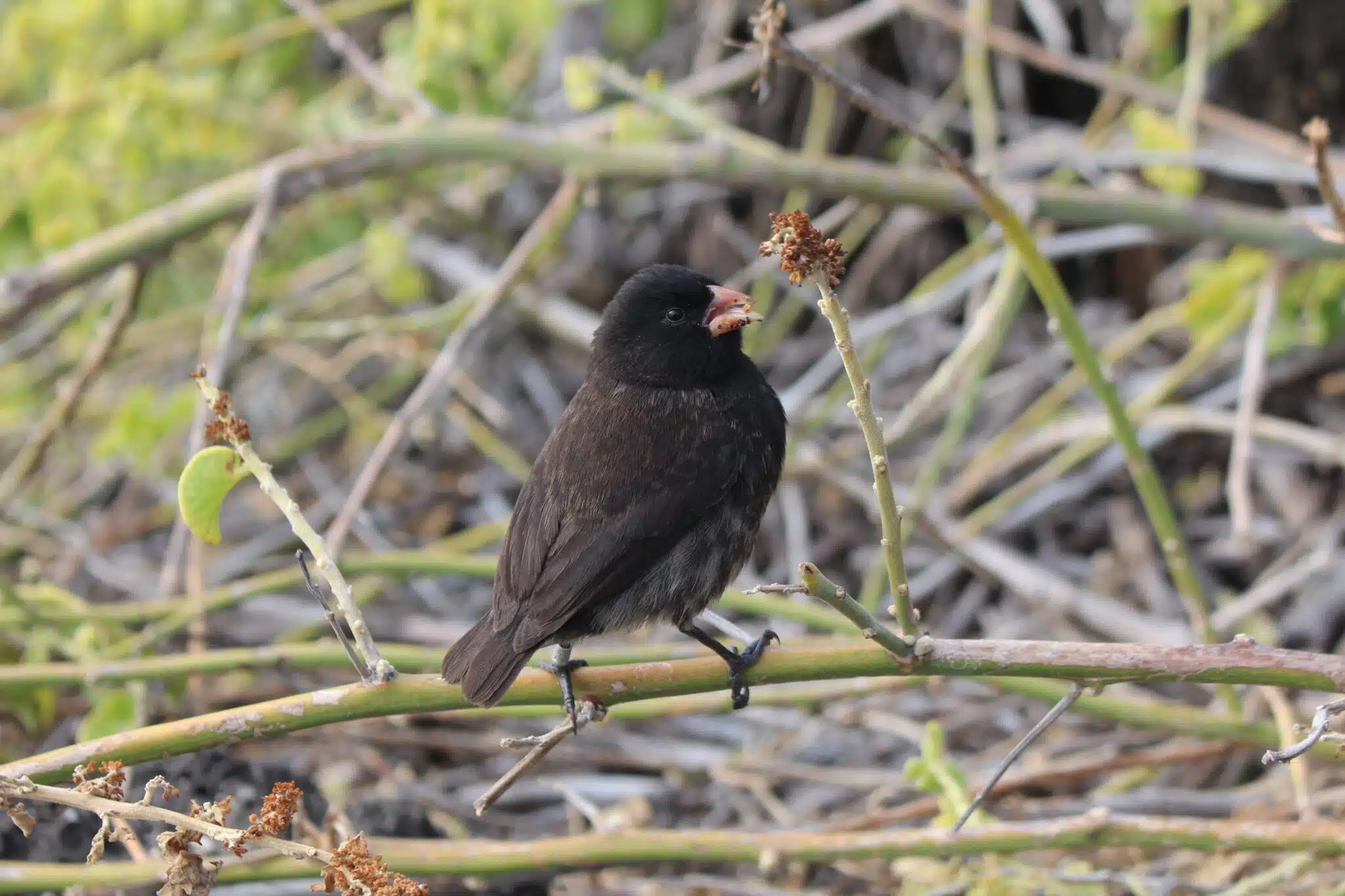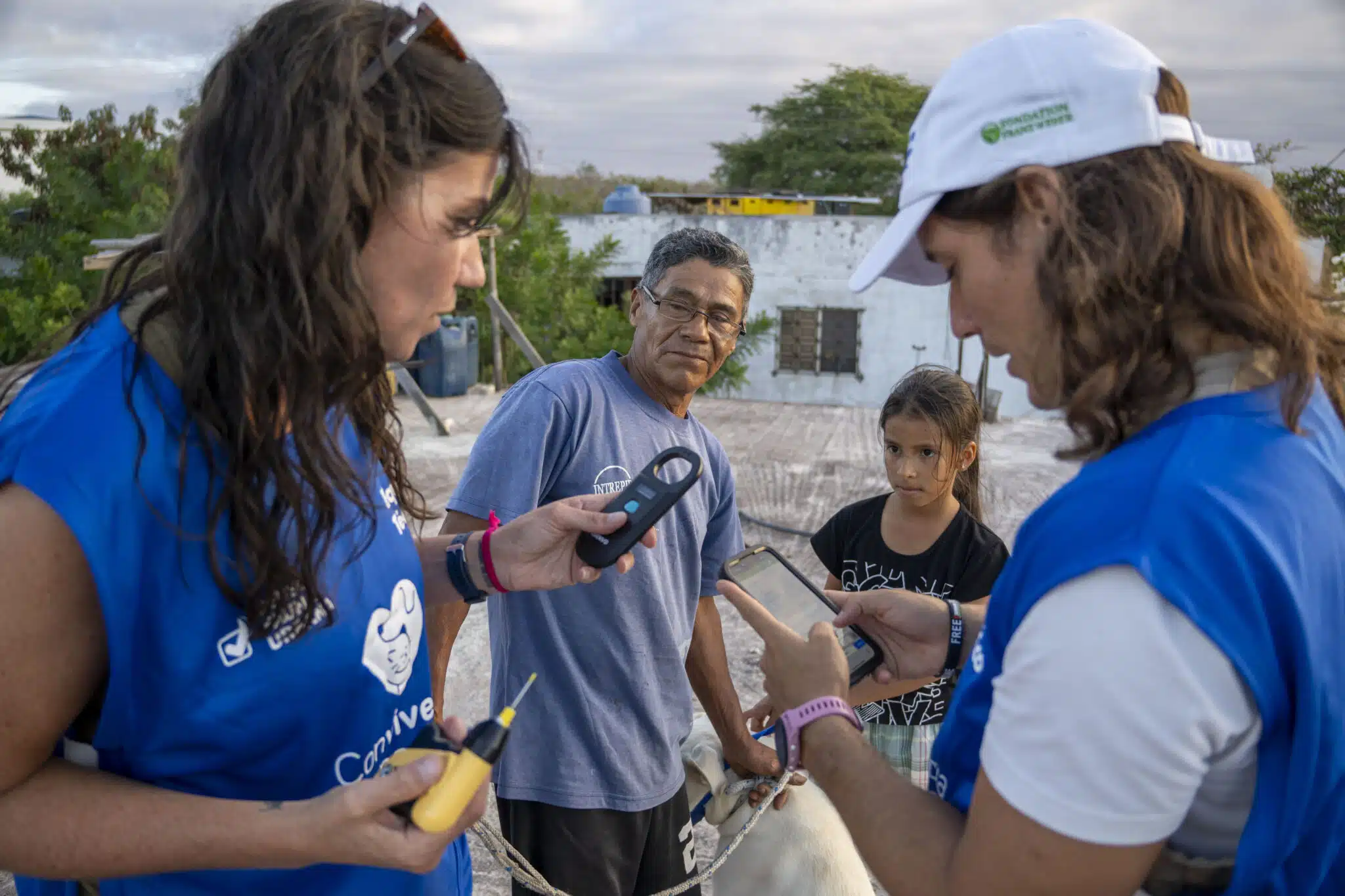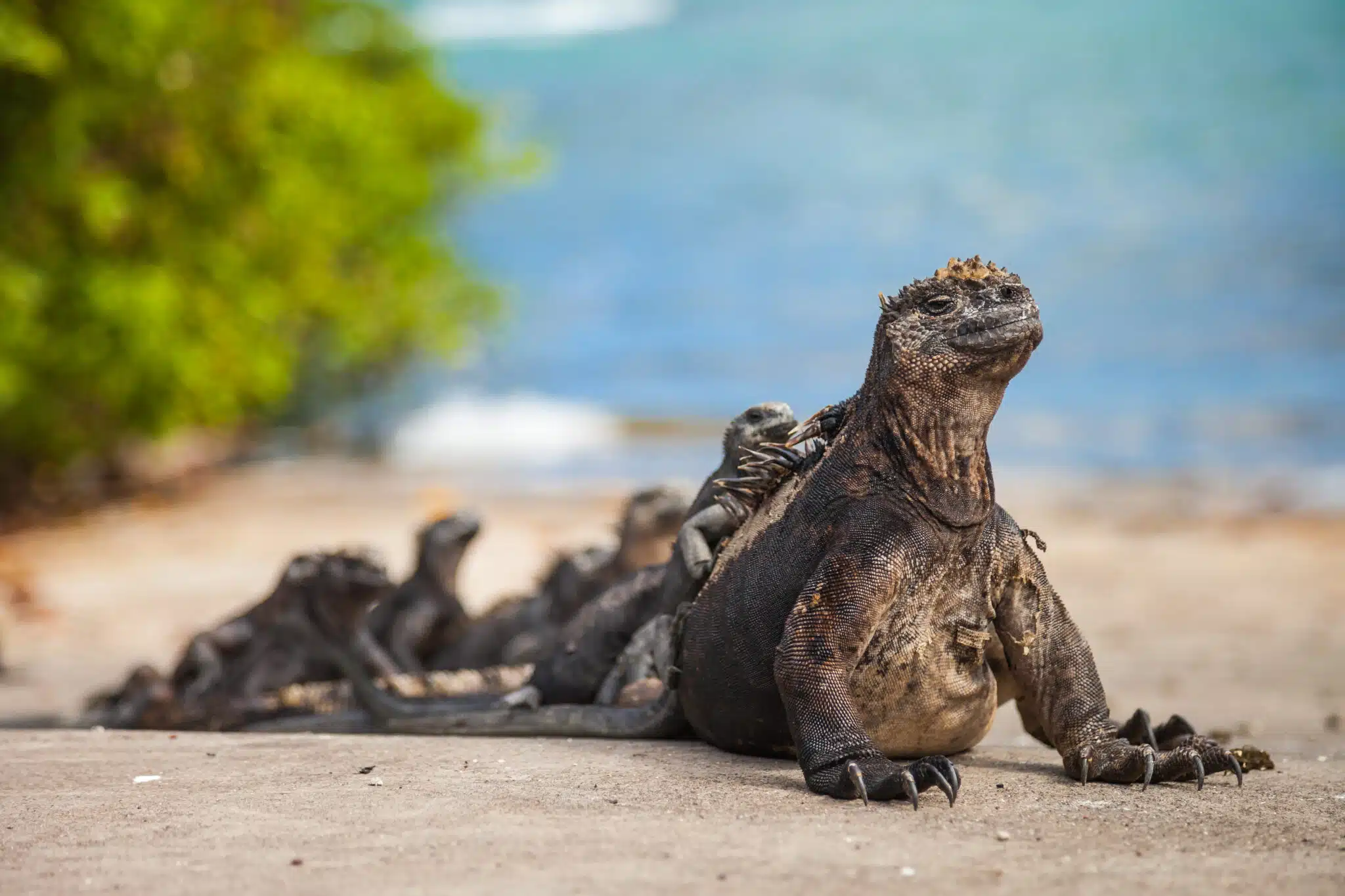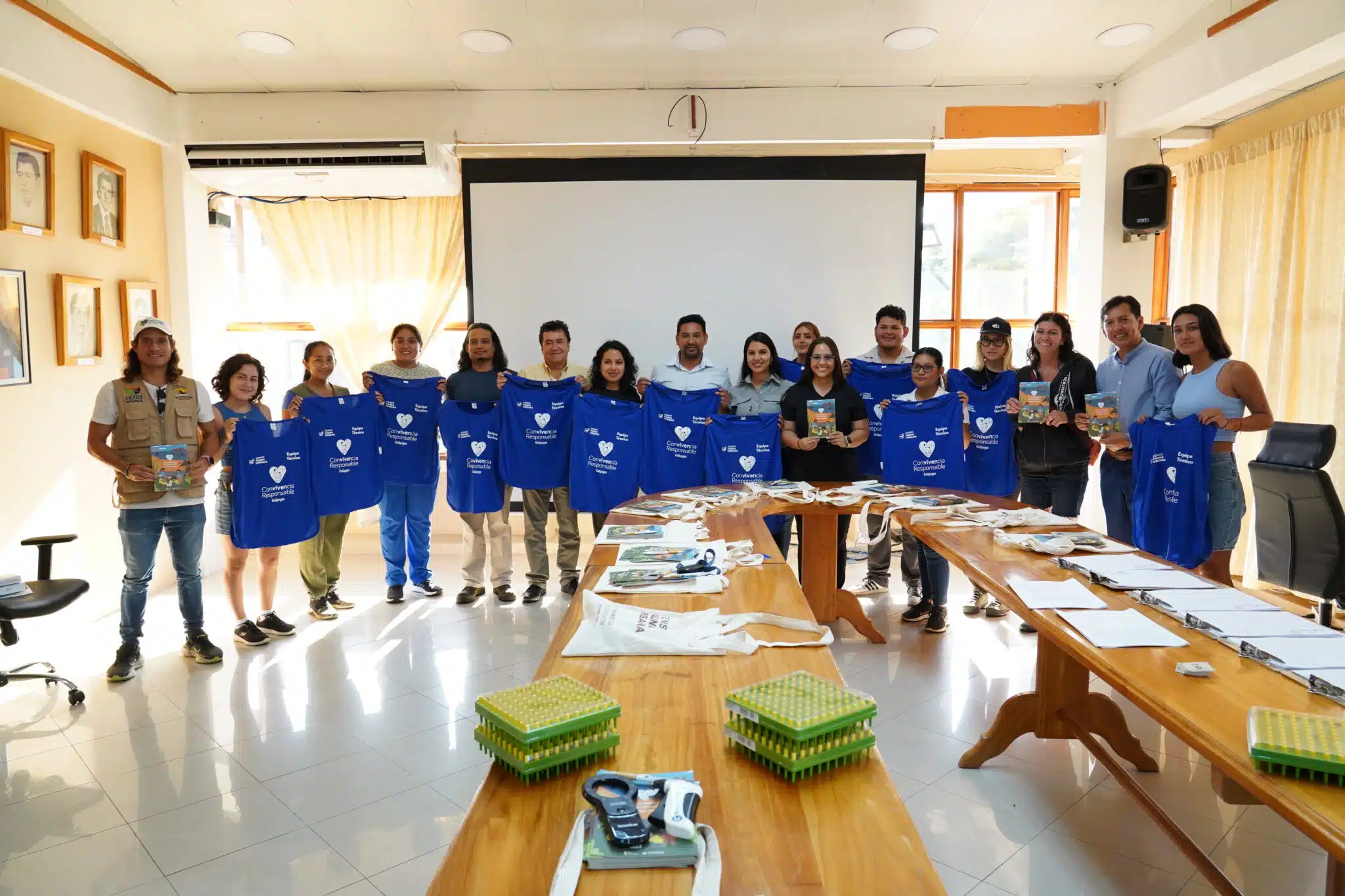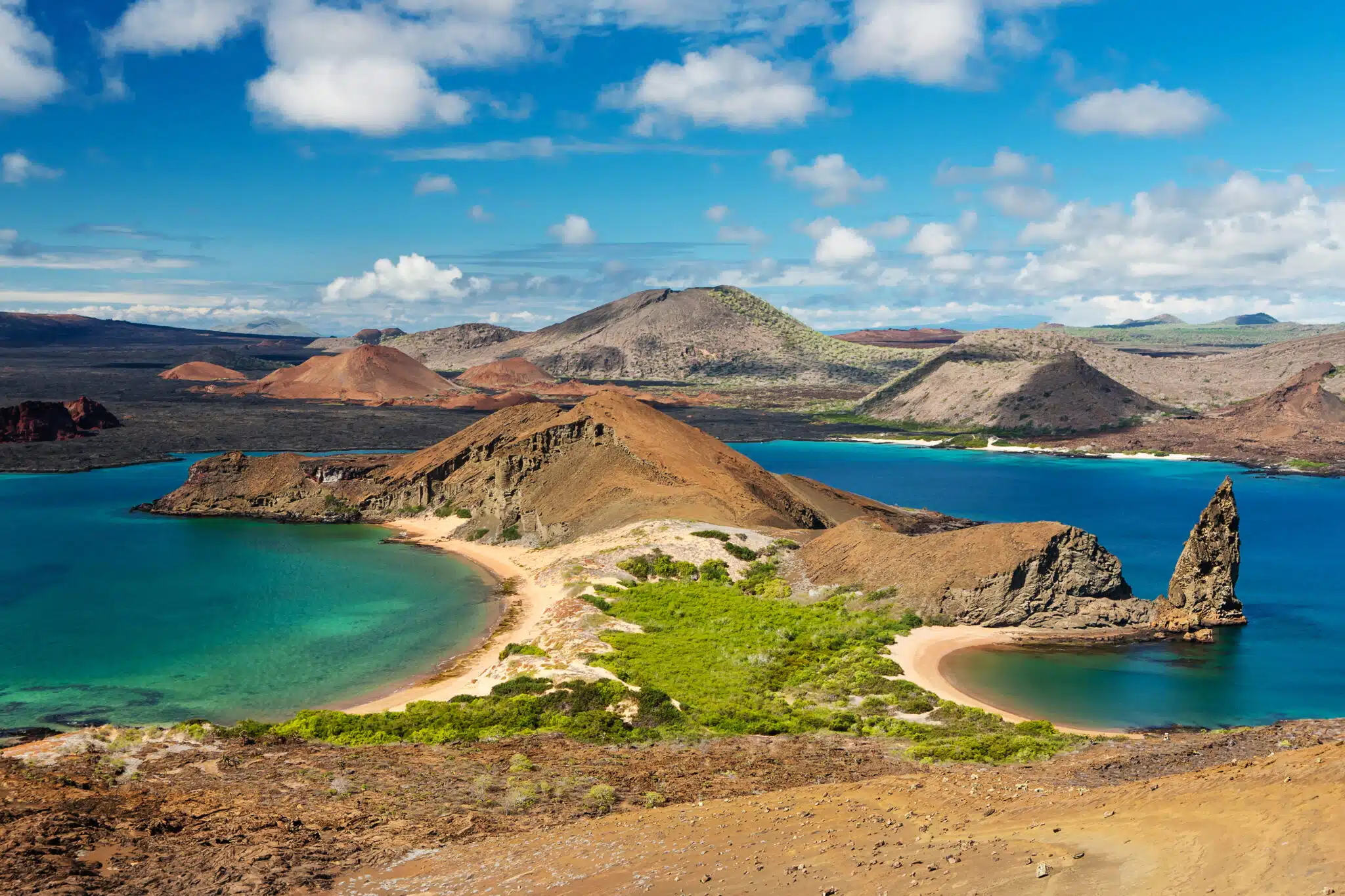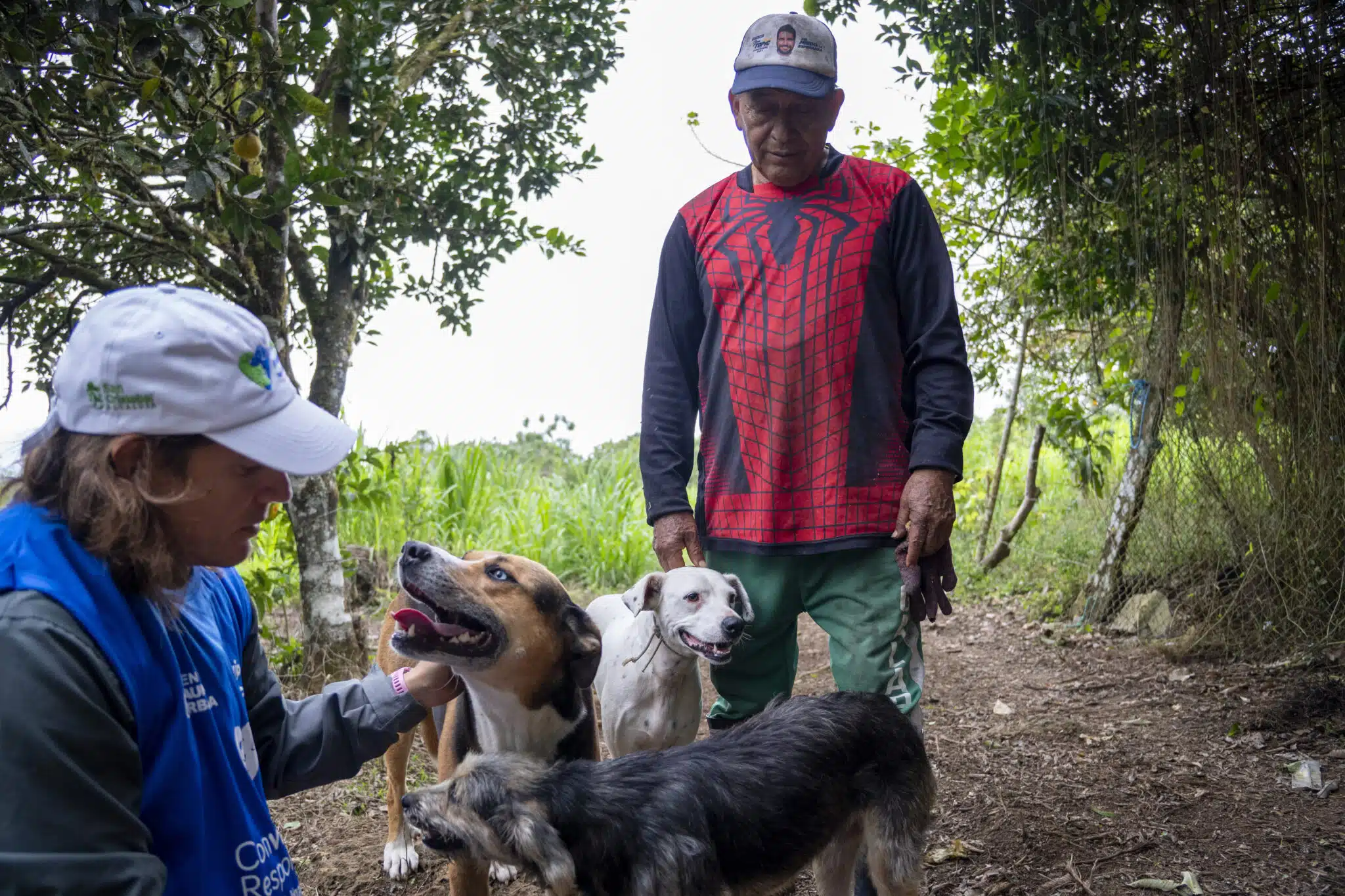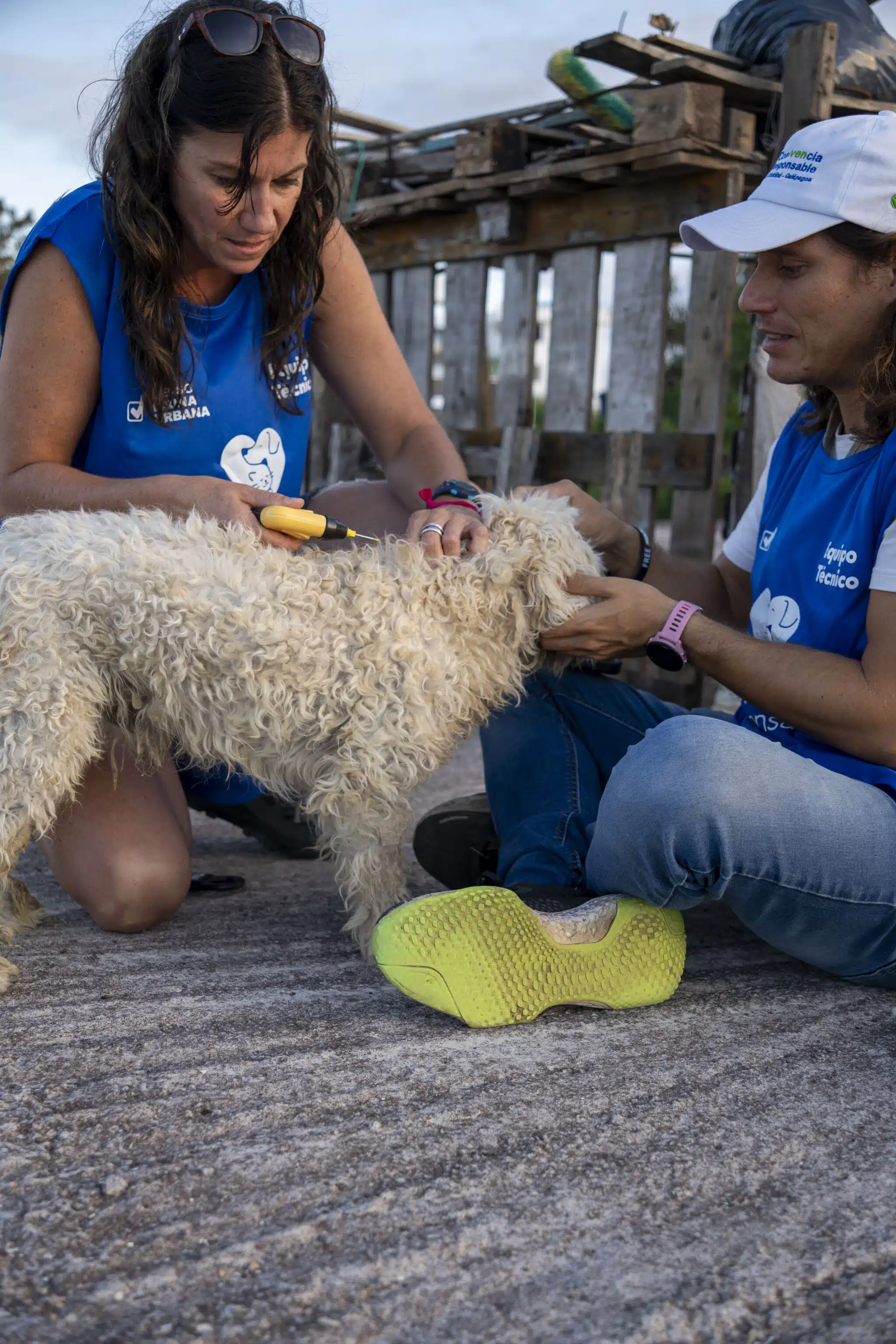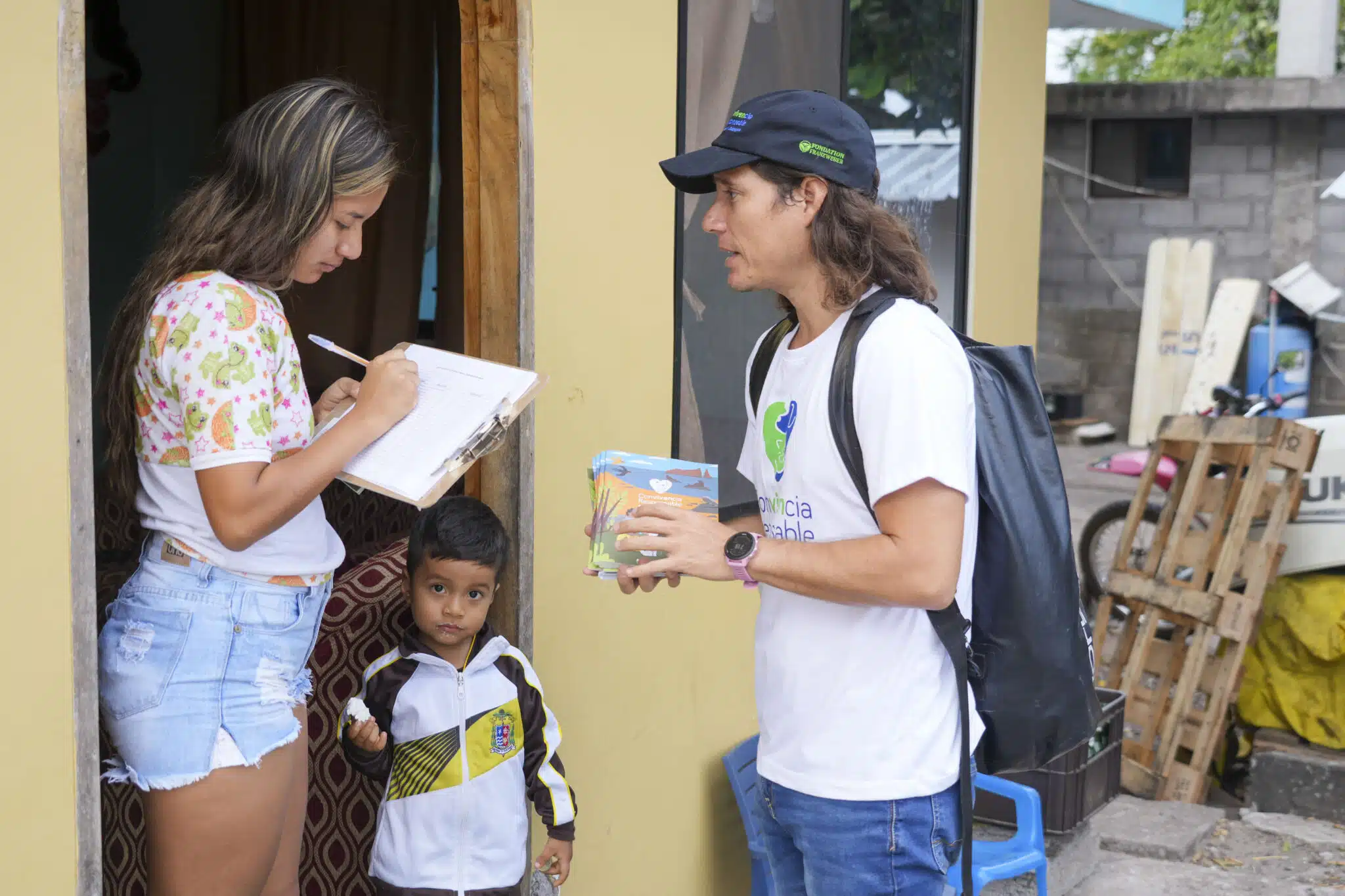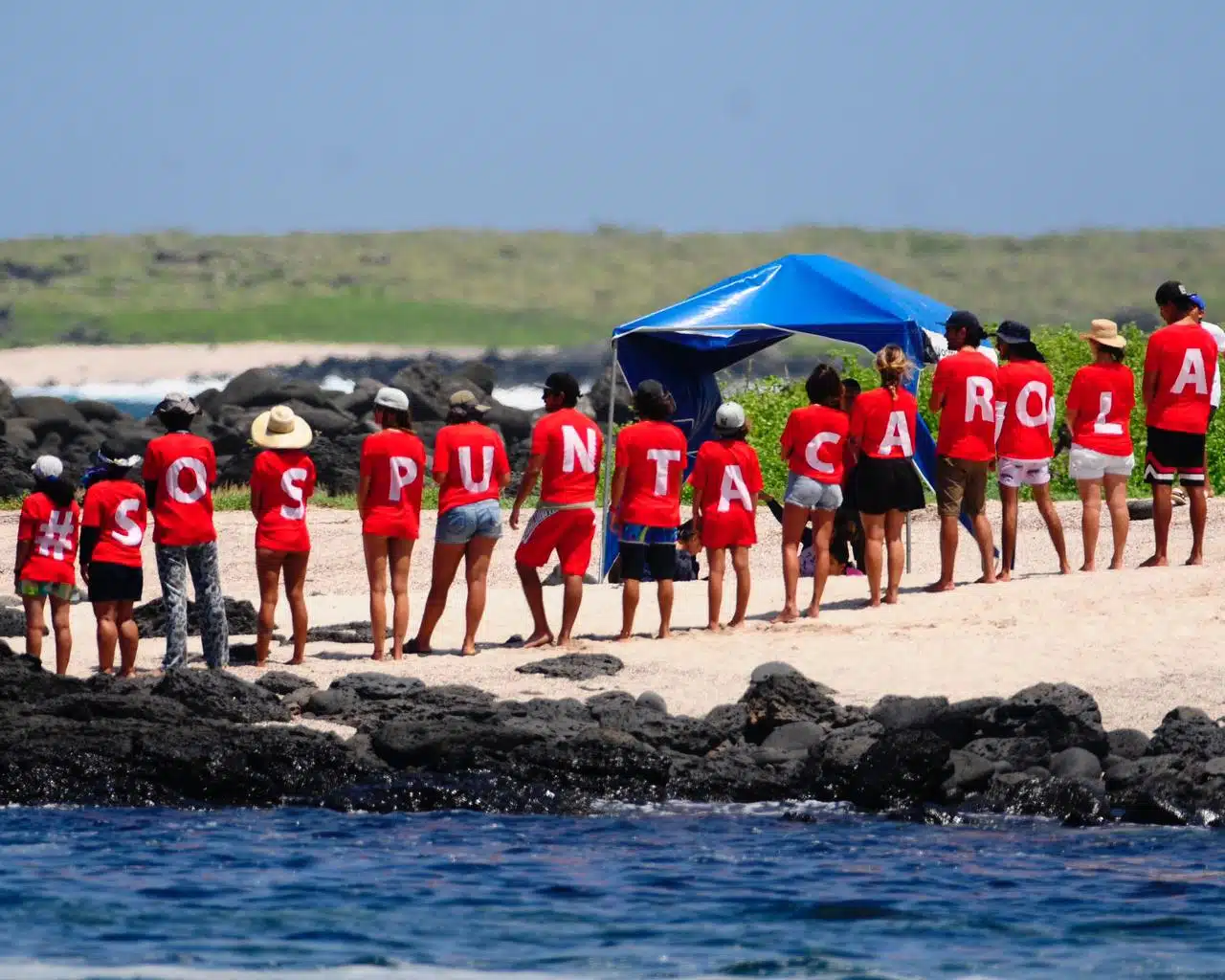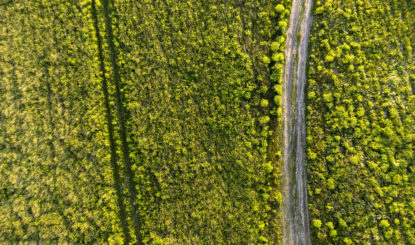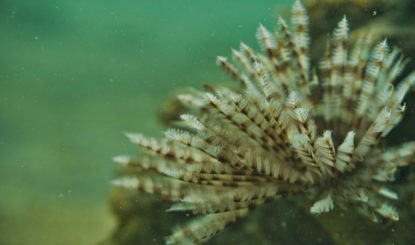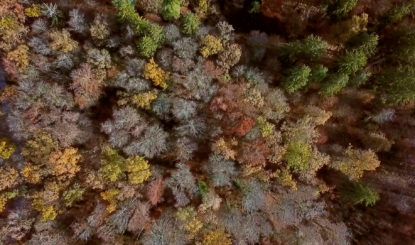RESPONSIBLE COEXISTENCE GALÁPAGOS
An Ethical and Effective Alternative
The issue
Although the Galápagos Islands are the most well-preserved in the world, their lush and unique biodiversity is fragile and threatened by various social, economic and political factors. Our ongoing mission in San Cristóbal, the political capital of the Galápagos, has enabled us to understand the issue in depth and to evaluate and implement different strategies based on anthrozoology – a science that studies the relationship between humans and animals.
Historically, global conservation efforts have sought to control introduced species through eradication – often using cruel and imprecise methods – with little to no positive results. The Galápagos were no exception. However, at Fondation Franz Weber, we recognized that the introduction and reproduction of animal species is a social problem that must be addressed in collaboration with the community.
In the Galápagos, the interaction between the local population and endemic species is very close, as wildlife also inhabits urban areas. This means the presence of dogs and cats in these spaces has a significant impact – not only because of predation on endemic species but also due to the transmission of diseases. Sea lions, marine iguanas, finches, lava lizards and other birds are among the species most affected by the presence of urban fauna in the Galápagos.
Dogs and cats have long been, and continue to be, beloved members of families across the archipelago. Recognizing this, our project emerged with a focus on three key areas:
- Legislative Area: We participated in the creation of the first urban fauna ordinance in San Cristóbal, which led to the establishment of the Municipal Urban Fauna Unit. This ordinance prohibits the trade of dogs and cats and mandates sterilization and the implantation of identification microchips.
- Operational Area: We have provided support through neighborhood-based work and veterinary services, in addition to sterilization campaigns carried out by a partner NGO. Since 2021, over 2,600 animals have been sterilized.
- Educational Area: We actively inform the community about the benefits of responsible pet care in accordance with the law. We have visited 100% of schools and over 95% of households through door-to-door campaigns, distributing the Responsible Coexistence with Animals Manual – an educational booklet that covers the ordinance rules, basic health care, proper nutrition, the benefits of sterilization, common urban myths and more, all tailored to the island’s needs. These efforts have had a positive impact on the protection of endemic species.
Donation form
Our project
The campaign’s current status is promising. At Fondation Franz Weber, we are currently coordinating the Urban Fauna Census, our main tool for measuring the effectiveness of our work. This is the first official animal census on the island, led by the Municipality and NGOs that have worked for years in San Cristóbal. The census will provide nearly exact data on the number of introduced animals living with families, help control their reproduction and monitor their movement in restricted areas to safeguard endemic species.
Since 2019, we have been developing this community-based strategy in the Galápagos, achieving a number of milestones that allow us to confidently state that the issue of urban fauna is on track to be permanently resolved in the coming years.
Furthermore, we have also observed that there is a strong willingness among local communities to defend the islands against real estate speculation. However, this has been systematically ignored by some local and national governments, which have continued to approve projects that barely, if at all, respect the delicate balance of the archipelago.
Together with the community assembly of San Cristóbal, we have taken action to raise awareness of these threats locally and internationally. As a result, we successfully halted – though not yet permanently – the exploitation of protected areas and their species on the island.
- Campaign Video
- Website for the local community: www.convivegalapagos.org
Our goals
- Long-term: Promote the Responsible Coexistence model on other islands around the world as an effective method to reduce the impact of dogs and cats on endemic species.
- Short-term: Continue community education campaigns and support efforts until 100% of the dogs and cats on San Cristóbal Island are sterilized. In addition, continue defending natural and communal spaces through engagement with the local population.
- Permanent: Maintain our relationship and coordination with community assemblies to oppose all speculative or extractive projects that threaten the natural environment.
Facts and Figures
***
